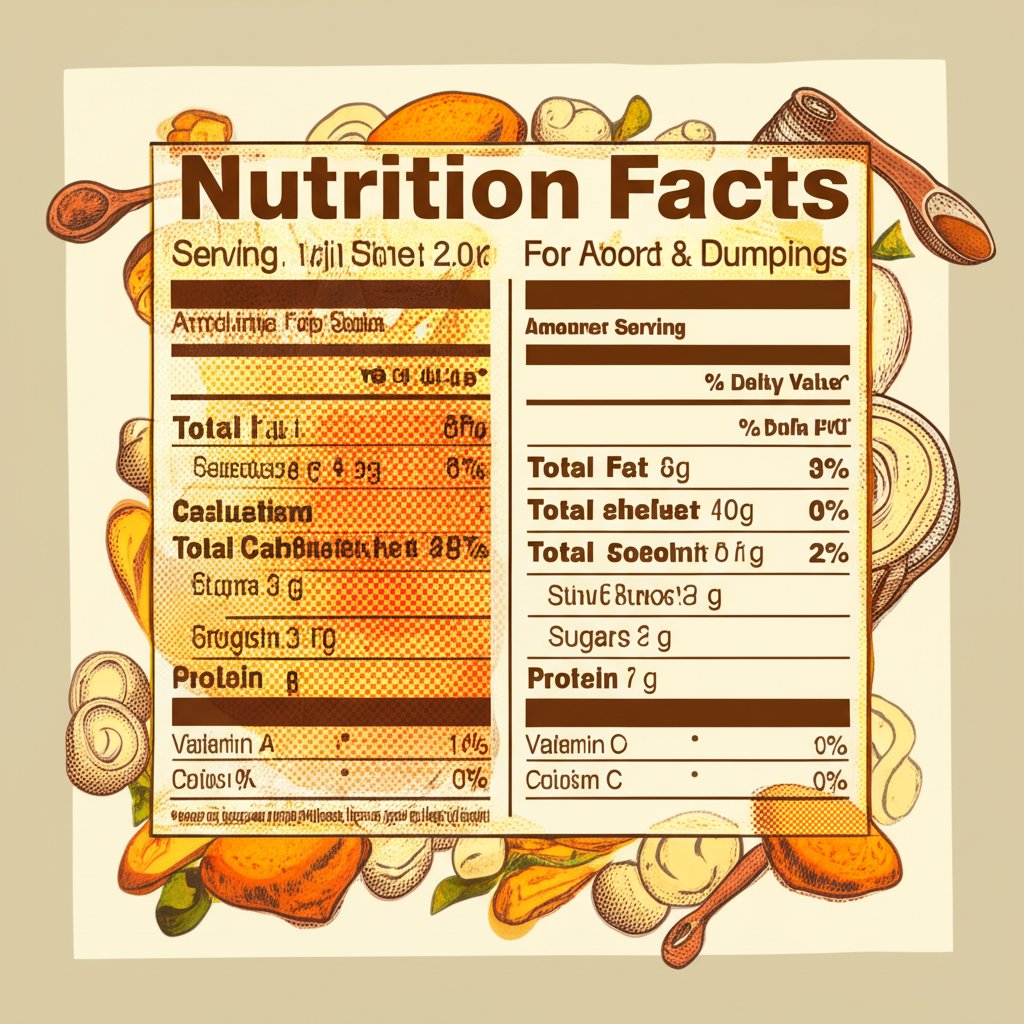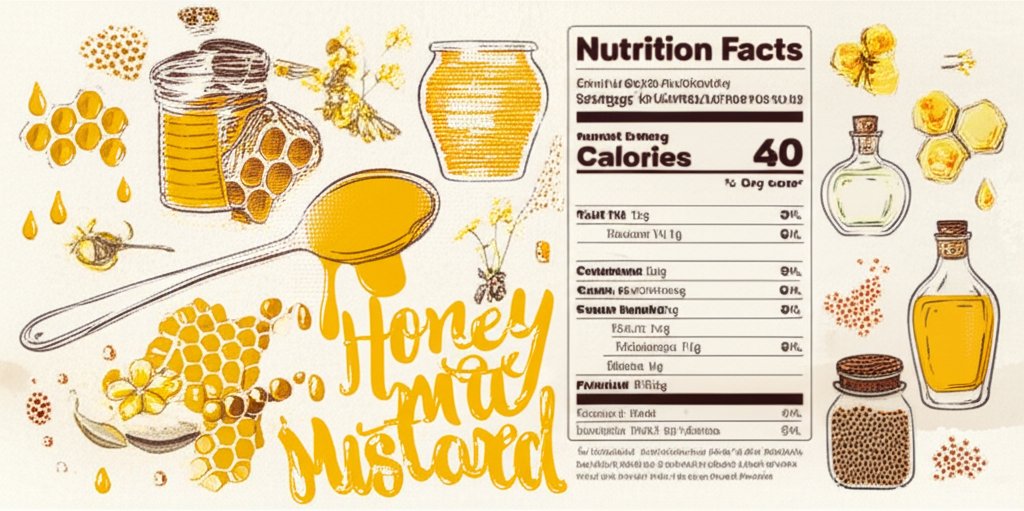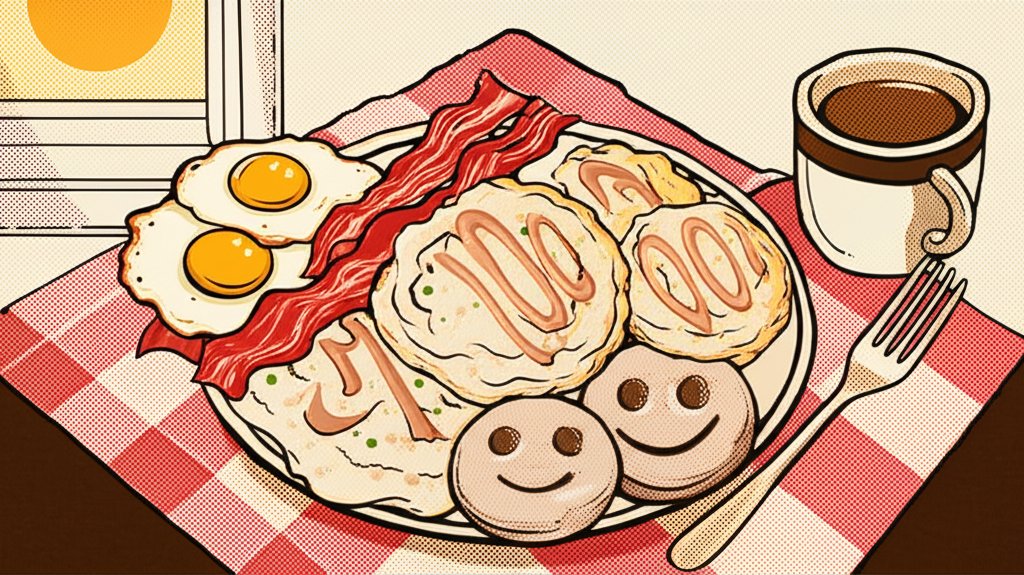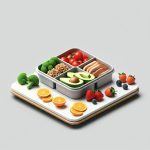Biscuits and gravy: that classic Southern comfort food. But before you dive into that warm, creamy goodness, let’s talk about the nutrition facts for biscuits and gravy. Understanding what’s in your meal empowers you to make informed choices, whether you’re aiming to manage your weight, watch your sodium intake, or simply enjoy this dish more mindfully.
At a glance:
- A typical serving of biscuits and gravy can pack a significant calorie punch (450-650 calories).
- Fat and sodium are the main nutritional concerns.
- Simple swaps can drastically reduce the calorie and fat content.
- Portion control is key to enjoying this dish as part of a balanced diet.
- Homemade versions offer more control over ingredients and nutritional value.
Biscuits and Gravy 101: A Delicious Dive into Southern Cuisine
Biscuits and gravy is a beloved dish rooted in Southern American culinary tradition. Characterized by its soft, flaky biscuits smothered in a creamy, savory gravy, it’s a go-to comfort food for many. Usually, the gravy is a thick sausage gravy, made from pan drippings, flour, and milk, but variations abound.
People adore this dish for a few key reasons:
- Comforting: It’s warm, filling, and evokes feelings of home.
- Hearty: The fats and proteins provide a satisfying and lasting feeling of fullness.
- Customizable: Ingredients can be tweaked to suit different dietary needs and preferences.
The Nutritional Reality Check: Calories, Fat, and Sodium
While biscuits and gravy are undeniably tasty, it’s crucial to be aware of their nutritional content. It’s easy to underestimate the calorie count of this seemingly simple meal. Biscuits and gravy can be surprisingly high in calories, saturated fat, and sodium. Knowing the nutrition facts helps you make smarter choices about how often – and how much – of this dish you consume.
A standard serving—typically one large biscuit with about ½ cup of sausage gravy—contains approximately:
| Nutrient | Amount (Approx.) |
|---|---|
| Calories | 450–650 kcal |
| Total Fat | 25–38 g |
| Saturated Fat | 10–15 g |
| Carbohydrates | 28–35 g |
| Protein | 10–14 g |
| Sodium | 900–1,200 mg |
Breaking Down the Dish: Biscuit vs. Gravy
To get a better handle on the overall nutritional profile, let’s break down the contributions of each component: the biscuit and the gravy.
The Biscuit:
Most homemade biscuits are made using these core ingredients:
- All-purpose flour: High in simple carbohydrates, low in fiber.
- Butter or shortening: A major source of saturated fat.
- Milk or buttermilk: Adds protein and calcium.
- Baking powder/soda & salt: Contributes to the sodium content.
- Optional sugar: Adds minimal calories and quick carbs.
A standard medium-sized biscuit (~55g) typically contains:
| Nutrient | Amount |
| ————- | ————- |
| Calories | 180–220 kcal |
| Carbs | 23–25 g |
| Fat | 9–12 g |
| Saturated Fat | 4–7 g |
| Protein | 3–4 g |
| Sodium | 300–500 mg |
The Gravy:
The gravy is often where the bulk of the calories and saturated fat reside. Sausage gravy, in particular, tends to be the richest option.
The primary ingredients in most sausage gravies are: - Pork sausage: High in both overall fat and saturated fat.
- Butter or grease: Adds richness and more fat.
- Whole milk: Contributes to the creamy texture and adds fat and calories.
- White flour: Used as a thickening agent, adding carbohydrates.
Here’s a comparison of different gravy types (per ½ cup):
| Gravy Type | Calories (½ cup) | Fat (g) | Sodium (mg) |
| ————— | —————- | ——- | ———– |
| Sausage Gravy | 250–400 | 20–30 | 800–1,200 |
| Cream Gravy | 180–260 | 15–22 | 600–900 |
| Mushroom Gravy | 120–160 | 8–12 | 400–600 |
| Turkey Gravy (lean) | 90–120 | 5–8 | 300–500 |
Homemade vs. Restaurant: What’s the Difference?

The nutrition facts for biscuits and gravy can vary significantly depending on where you get it. Homemade versions often offer more control over ingredients, allowing you to make healthier choices. Restaurant versions can be higher in calories, fat, and sodium due to larger portion sizes and the use of richer ingredients. For example, a single serving of Dairy Queen Biscuits & Gravy clocks in at 730 calories and 2200mg of sodium.
The Pros and Cons: Weighing the Nutritional Impact
Let’s take a balanced look at the pros and cons of indulging in biscuits and gravy:
Pros:
- Satisfying and filling: Helps prevent overeating later in the day.
- Homemade versions allow ingredient control: You can tailor the recipe to your nutritional needs.
- Good protein source: When made with meat, it provides a decent amount of protein.
- Comfort food appeal: Offers emotional satisfaction.
Cons: - High in saturated fats and sodium: Can contribute to heart health concerns.
- Low in fiber and micronutrients: Doesn’t offer a wide range of essential vitamins and minerals.
- May exceed daily sodium limits in one serving: A concern for those watching their sodium intake.
- Refined carbs can spike blood sugar levels: Especially if made with white flour and added sugar.
Smart Swaps: Healthier Twists on a Classic
The good news is that you can enjoy biscuits and gravy without completely derailing your health goals. Simple ingredient swaps can make a big difference. Consider these healthier alternatives:
| Traditional | Healthier Alternative |
|---|---|
| Pork sausage | Turkey or chicken sausage |
| Whole milk | Unsweetened almond milk |
| Butter in biscuits | Greek yogurt or avocado oil |
| White flour | Almond or oat flour |
| Salt-heavy gravy base | Low-sodium broth + herbs |
| Swapping even one of these can shave off 100–150 calories per serving. Remember, knowing these Chicken and Dumplings Nutrition Facts can also give you some good alternatives to consider. |
Cooking Techniques: Tips for a Lighter Dish
Beyond ingredient swaps, your cooking techniques can also significantly impact the final product. Try these methods for a lighter, healthier version of biscuits and gravy:
- Bake instead of fry: Reduces the amount of added oil.
- Use smaller biscuit cutters: Helps control portion sizes.
- Skim fat from pan drippings: Lowers the saturated fat content of the gravy.
- Add vegetables like mushrooms or spinach to gravy: Boosts fiber and nutrient content.
Dietary Considerations: Adapting Biscuits and Gravy for Specific Needs

Biscuits and gravy can be adapted to fit various dietary needs. Here are some adjustments for common dietary restrictions:
- Low-Carb Diets: Use almond flour biscuits and make keto sausage gravy with heavy cream and coconut flour.
- Low-Fat Diets: Skip the sausage altogether and make gravy with low-fat milk. Use egg whites and whole wheat flour for the biscuits.
- Gluten-Free Diets: Use a gluten-free biscuit mix or oat flour. Thicken the gravy with cornstarch instead of wheat flour.
Can Biscuits and Gravy Fit into a Balanced Diet?
Yes, biscuits and gravy can absolutely be part of a balanced diet, but it requires mindful portioning and preparation. Here’s how:
- Limit portions: Stick to one biscuit and ½ cup of gravy.
- Choose lean meats and milk alternatives: Opt for turkey sausage and almond milk.
- Make it a treat, not a daily staple: Enjoy it occasionally rather than frequently.
- Pair it with high-fiber sides: Add sautéed greens or fresh fruit to your meal.
A Healthier Recipe: Turkey Sausage Biscuits and Gravy
Here’s a recipe designed to be lighter and more nutritious, without sacrificing flavor:
Yields: 4 servings
Prep time: 20 minutes
Cook time: 20 minutes
Ingredients:
- 1 cup almond flour
- 1/2 cup Greek yogurt
- 2 tsp baking powder
- 1/2 tsp salt
- 8 oz turkey sausage
- 1 tbsp whole wheat flour
- 1/2 cup unsweetened almond milk
- 1/4 tsp black pepper
Instructions:
- Preheat oven to 400°F (200°C).
- Mix biscuit ingredients, cut into circles, and bake for 12–15 minutes.
- Brown sausage in a skillet, sprinkle in flour, and stir.
- Slowly add almond milk and simmer until thickened.
- Season with black pepper.
- Serve gravy over warm biscuits.
Nutrition Information (per serving, approximate):
- Calories: 390
- Fat: 16g
- Carbs: 28g
- Protein: 18g
- Sodium: 580mg
Answering Your Burning Questions About Biscuits and Gravy
Let’s tackle some frequently asked questions about the nutrition facts for biscuits and gravy:
How many calories are in biscuits and gravy?
One serving usually contains 450–650 calories, depending on the ingredients and portion size.
How much fat is in biscuits and gravy?
Expect around 25–38g of fat per serving, with saturated fat making up a significant portion (10-15g).
Is biscuits and gravy high in sodium?
Yes, it can be very high in sodium, often containing 900–1,200mg per serving.
Are there any healthy ways to make biscuits and gravy?
Absolutely! Use leaner meats, milk alternatives, and whole-grain flours to reduce the calorie, fat, and sodium content.
Making Informed Choices: A Path to Enjoyment
Ultimately, enjoying biscuits and gravy is about making informed choices. Understanding the nutrition facts allows you to fit this comforting dish into your diet mindfully. Don’t be afraid to experiment with healthier ingredients and cooking techniques to create a version that aligns with your goals. And remember, moderation is key! Just as you might explore Honey Mustard Unpacked for a lighter condiment option, a little research goes a long way in creating healthier versions of your favorite comfort foods.
- Bento Box Glass Offers Practical, Eco-Friendly Meal Storage - December 16, 2025
- The Best Bento Box Price For Your Perfect Packed Lunch - December 15, 2025
- Bento Box Shopping Tips for Smart and Stylish Lunch Prep - December 14, 2025










